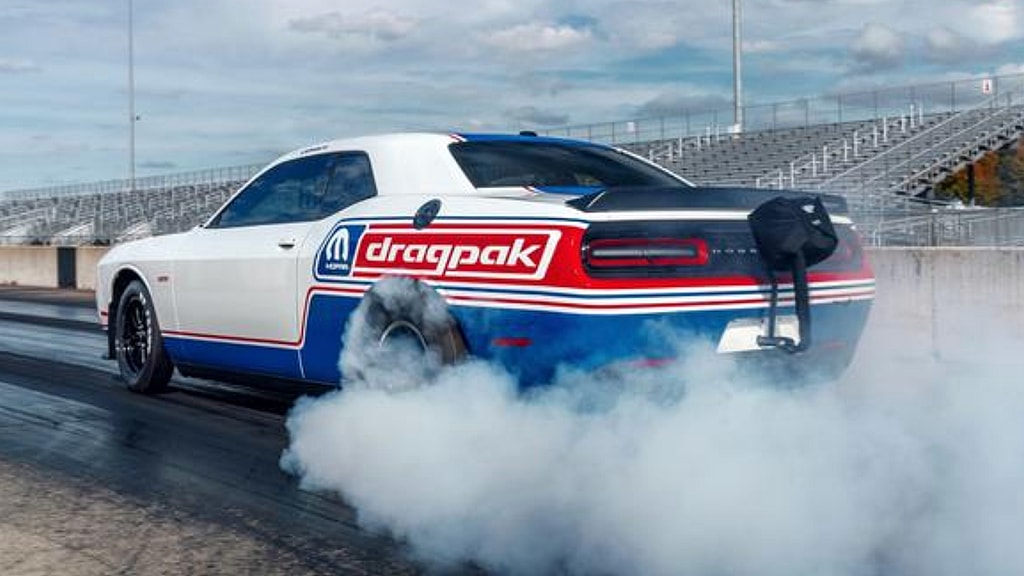Watts That Now? ‘Electric’ Dodge Charger Daytona SRT Could Get Powerful Turbocharged Inline-Six

For something that’s supposed to be an electric car, Dodge Charger Daytona SRT has sure been making a lot of news about internal combustion engines this week.
Images taken on the sly of the car’s body in white at a factory revealed possible accommodations for an ICE and transmission.
This wasn’t entirely a surprise, as Dodge CEO Tim Kuniskis has said the Charger Daytona SRT’s platform was a “multi-energy” design that could be used with electric, ICE and plug-in hybrid powertrains.
He hasn’t confirmed anything other than an electric car is on the way, but has said in no uncertain terms that there will be no more V8-powered Dodge cars after this year.
THE DURANGO SRT HELLCAT LIVES ON AS DODGE’S V8 MUSCLE CARS DIE

That’s a bold statement, but comes with an asterisk, as Stellantis has a new 3.0-liter turbocharged inline-six-cylinder known as the “Hurricane” that can fill the eight-cylinder hole.
It’s currently offered in the Jeep Wagoneer and Grand Wagonneer in 420 hp and 510 hp tunes, the latter with 500 lb-ft of torque. That’s more than the Dodge Challenger SRT’s 6.4-liter V8, which is rated at 485 hp and 475 lb-ft.

And now Micky Bly, senior vice president and head of global propulsion at Stellantis says to expect more versions of the engine, even as the automaker starts growing its electric portfolio.
“ICE is here to stay for a period of time,” Bly said during an electrification conference in Detroit this week, according to Automotive News.
“We have more power. We just haven’t released it yet.”

Dodge has shown off a Challenger DragPak race car equipped with a “Hurricrate” crate motor and MOPAR has announced a 1,000 hp version is in the works, but it isn’t on sale yet.
MORE PERFORMANCE NEWS FROM AMERICAN CARS AND RACING
What’s likely to happen, is that the inline-six will make its way into something based on the Charger Daytona SRT — perhaps under a different model name — and the redesigned Ram Pickup that’s set to be unveiled early next year.
